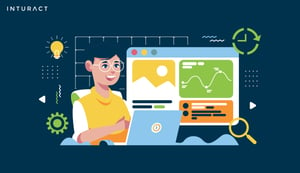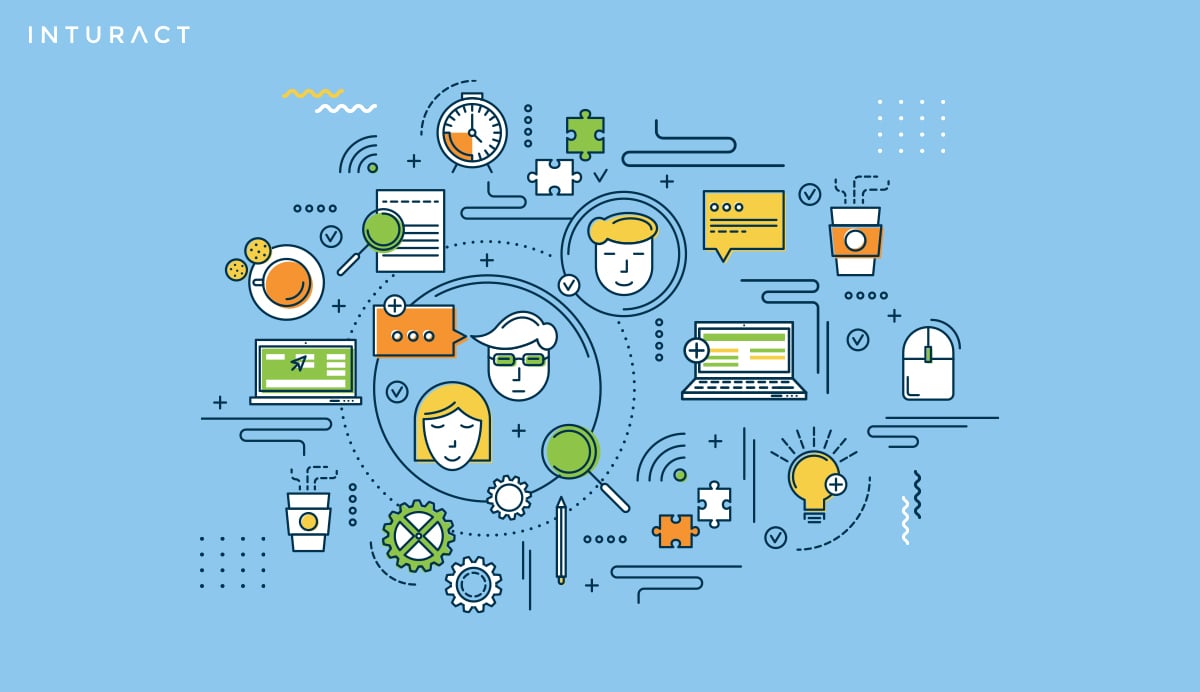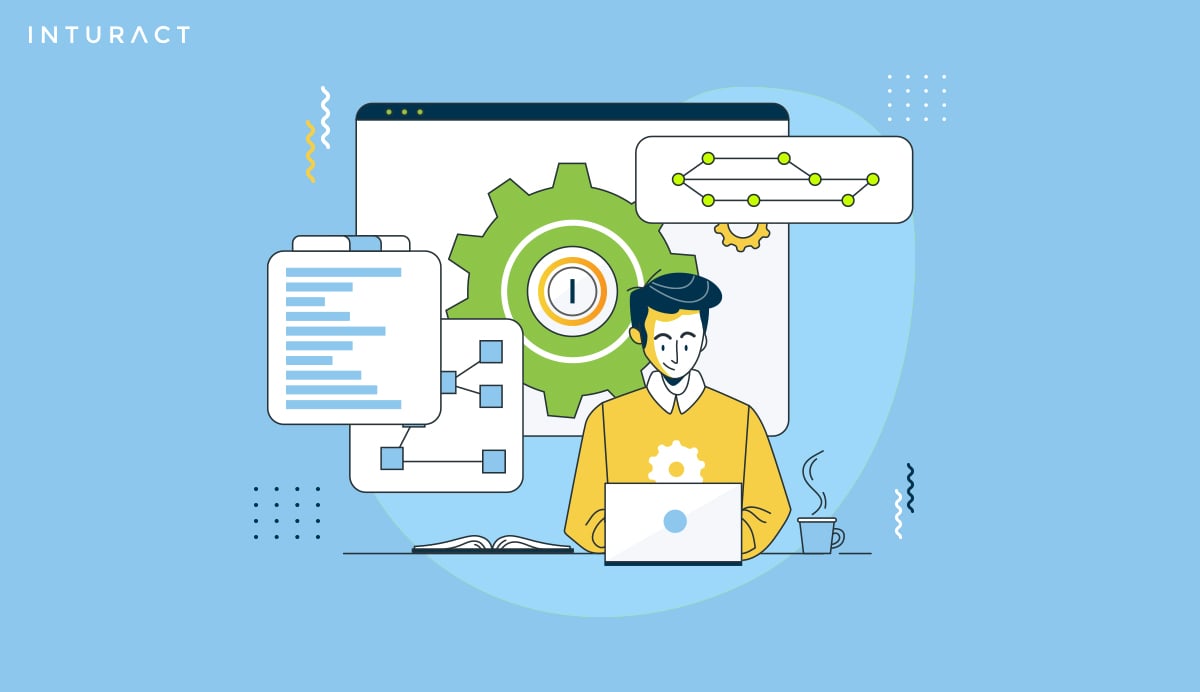Implementing an effective user onboarding process is pivotal for any SaaS product, acting as the bridge between user acquisition and user retention. In this era of digital solutions, tools like UserGuiding have emerged as essential assets for companies aiming to streamline their onboarding experiences.
But how do you know when your team is truly ready to leverage UserGuiding to its full potential?
This comprehensive guide will walk you through the preparatory steps and considerations to ensure your readiness for implementing a user-centric onboarding strategy with UserGuiding.
1. Do You Have a Comprehensive Product Understanding?
Before you embark on implementing UserGuiding, it's crucial to have an in-depth understanding of your SaaS product.
This means viewing your product through the lens of your users, identifying the core problems it solves, and understanding how it navigates users from point A to point B. A profound product understanding allows you to highlight features and functionalities that are most beneficial to your users during the onboarding process.
Ask yourself:
- Do I fully grasp the problems my product solves for its users?
- Can I navigate my product with the ease of a first-time user, identifying potential points of confusion?
When these questions are met with confident affirmation, UserGuiding can help you highlight these pathways, ensuring users discover value efficiently.
Moreover, understanding your product in this way allows you to identify opportunities to surprise and delight users with features or shortcuts they may not discover on their own.
With UserGuiding, you can craft tailored guides and tooltips that address specific user needs and challenges, but this can only be effective if you're intimately familiar with every aspect of your product.
2. Have You Identified Key Moments in the User Journey?
You know you're ready for UserGuiding when you have a clear map of your user journey, pinpointing crucial touchpoints and milestones. Recognizing these moments is key to crafting an onboarding experience that goes beyond mere information to emotionally resonate with users.
To identify these moments, analyze user behavior data, and look for patterns that indicate engagement or potential churn points. These could be moments where users achieve something significant within your product, encounter a feature that solves a core problem, or experience frustration. By pinpointing these moments, you can strategically place UserGuiding's guides and tooltips to offer help right when users need it the most, thereby smoothing out their journey and encouraging continued engagement.
Consider the emotional journey of your users. Onboarding isn't just about the physical navigation through a product but also about managing user emotions — from initial curiosity to potential frustration, and towards satisfaction and competence. By understanding these emotional highs and lows, you can craft an onboarding experience with UserGuiding that not only informs but also reassures and motivates users.
If you can identify where and when your users need support and encouragement, UserGuiding's contextual guides and tooltips can be deployed effectively. This strategic knowledge means you’re prepared to place onboarding elements precisely, enhancing the user experience seamlessly and engagingly.
3. Have You Assessed Your Resources: Time, Effort, and Budget?
Implementing UserGuiding effectively is more than just subscribing to a service; it requires a dedicated allocation of time, effort, and financial resources.
Financial Resources:
Budgeting for UserGuiding goes beyond the subscription fee. Are there costs associated with additional tools or services needed to enhance the onboarding experience such as a CDP or analytics tools? Consider also the investment in training your team to use UserGuiding proficiently, as well as the possibility of hiring new staff or reallocating existing resources to manage the onboarding process effectively.
A careful evaluation of these costs will determine if your budget aligns with the comprehensive implementation of UserGuiding. This financial readiness is crucial, as underestimating the investment can lead to compromises that might diminish the effectiveness of your onboarding strategy.
Time Investment:
Although UserGuiding is user-friendly and easy to use, it will still need some time. Initially, there's the setup phase, where you integrate UserGuiding with your product and design the first version of your onboarding flows. This phase often requires collaboration (and thus, time management!) between different teams, such as product management, design, and development, to ensure that UserGuiding works seamlessly with your product.
But the investment doesn't stop there. User onboarding is an iterative process. You'll need to allocate time for analyzing user interactions with your onboarding flows, gathering feedback, and making necessary adjustments. This ongoing cycle of testing and refinement is essential for maintaining an effective onboarding experience that evolves with your product and its users.
Effort and Team Capacity:
The effort involved in leveraging UserGuiding to its full potential is significant. Designing engaging and helpful onboarding content requires a deep understanding of your users' needs and behaviors, as well as creative and technical skills to translate this understanding into effective onboarding flows.
Assess whether your team has the capacity and the right skill sets to undertake these tasks without being overburdened. It's important that this effort does not detract from other critical functions within your organization. If necessary, consider the benefits of expanding your team or providing specialized training to existing members to support your onboarding objectives.
Readiness Checklist:
- Financial Preparedness: Is your budget ready to cover all potential costs associated with implementing and optimizing UserGuiding?
- Time Allocation: Have you planned for the initial setup and ongoing iteration of your onboarding flows?
- Team Capacity: Does your team have the bandwidth and skills necessary to design, implement, and refine an engaging onboarding experience?
Answering 'yes' to these questions indicates a strong readiness to implement UserGuiding effectively. This readiness ensures that you're not just adding another tool to your stack but are investing in a strategic initiative to enhance user engagement and product adoption. By thoroughly assessing your resources in terms of time, effort, and budget, you position your organization to fully harness the capabilities of UserGuiding, ensuring a smooth and impactful user onboarding experience.
4. Do You Understand UserGuiding's Features Thoroughly?
Grasping UserGuiding's features in depth indicates readiness. Knowing the ins and outs of what UserGuiding offers, from tooltips to user segmentation, and understanding how to strategically apply these features to fulfill your onboarding objectives, marks a significant readiness milestone. If you're confident in your ability to use these features for creating personalized experiences that can drastically improve user satisfaction and retention, you're ready to make the most of UserGuiding.
5. Are You Prepared for Continuous Improvement?
Implementing UserGuiding is an ongoing journey of enhancement and refinement. Being ready means you're not only open to but also prepared for the iterative process of analyzing user feedback and behavior to continually adjust your onboarding flows. If you can utilize UserGuiding’s analytics for an insightful understanding of user interactions and the willingness to regularly update your strategy, you demonstrate readiness for the dynamic process of onboarding enhancement.
Not quite ready? Take Expert Help
Knowing when you're ready to implement UserGuiding for your user onboarding involves a careful assessment of your product understanding, user journey knowledge, resource allocation, feature familiarity, and readiness for continuous improvement. Remember, the goal of onboarding is not just to introduce users to your product but to guide them toward realizing its value in their lives, and UserGuiding can be a powerful ally in achieving that goal.
If, after evaluating these aspects, you feel uncertain about your readiness to implement UserGuiding, it's essential not to rush the process. Instead, focus on strategic planning to address any gaps in knowledge, resources, or strategy. This might involve further training for your team or revising your overall onboarding approach. Don't hesitate to seek external expertise from user onboarding specialists like Inturact.
Inturact is a specialized service agency that empowers SaaS companies to refine and perfect their user onboarding processes. With our deep understanding of the challenges and opportunities in user onboarding, Inturact can be your ally in reducing churn and improving retention.
Don't let the complexities of user onboarding become a barrier in your journey toward user satisfaction and business success. Whether you’re just starting to explore the capabilities of tools like Userpilot or seeking to optimize your existing strategies, a conversation with Inturact could be your next significant step forward.
Reach out to Inturact to discuss your specific needs and challenges. Our team of specialists is equipped to provide tailored solutions that align with your business goals. Collaborating with Inturact means merging your business insights with their strategic expertise, resulting in a user onboarding experience that truly reflects your brand and values.





